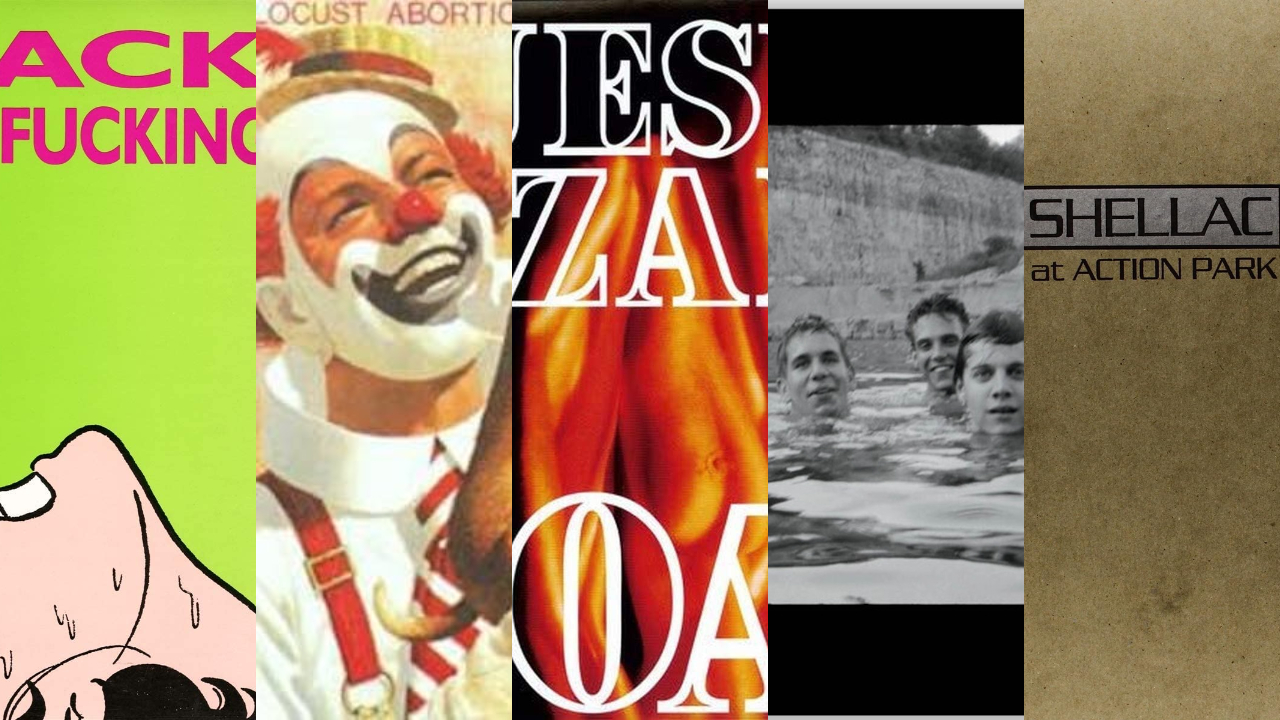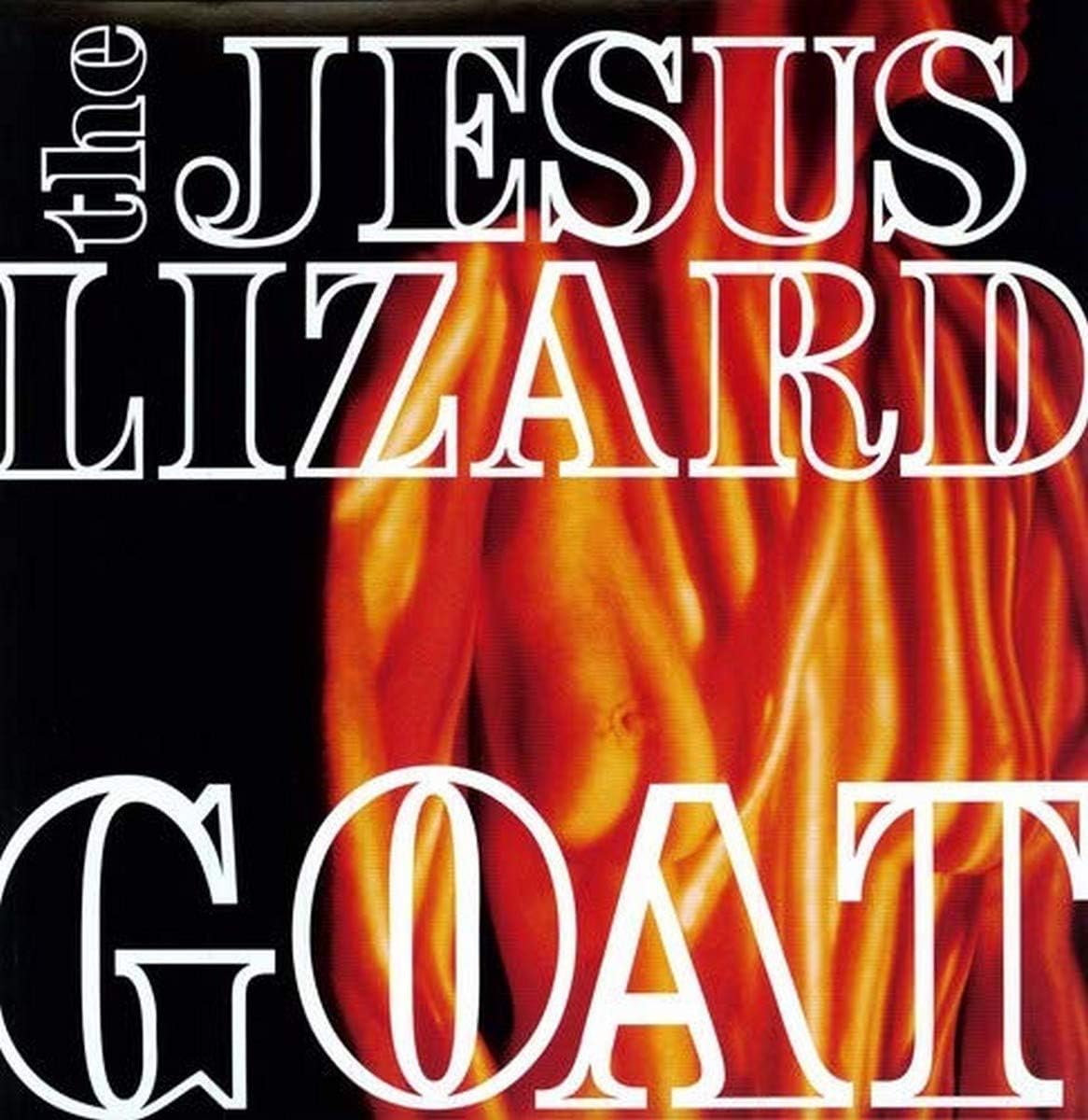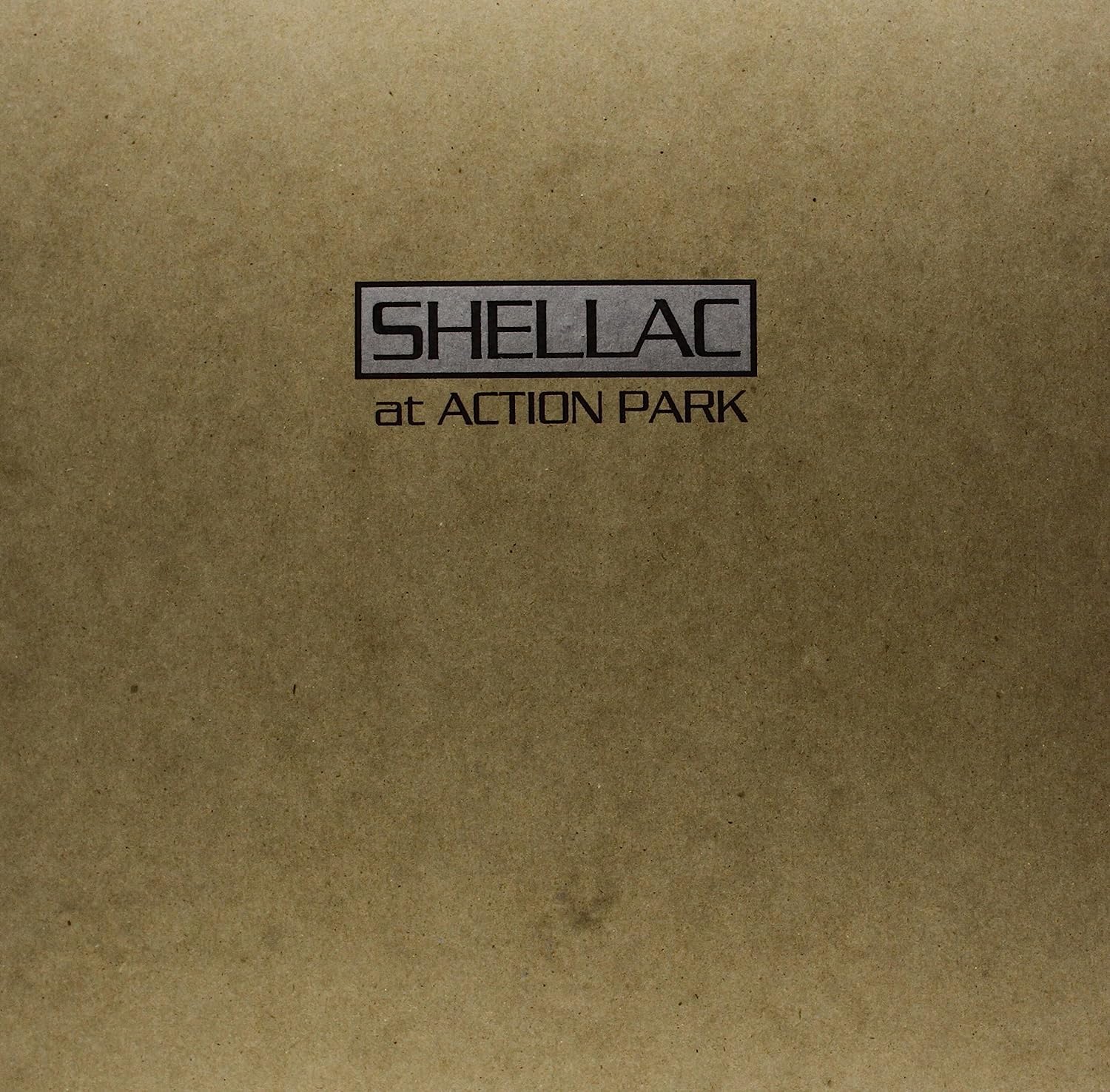A beginner's guide to Touch and Go Records
The story of Chicago's Touch and Go Records in five essential albums

Without meaning to, Touch and Go Records became a key player in the creation of modern alternative rock.
“When it started, no one even thought of it as a company or a way to make money. It was just fun,” owner Corey Rusk told Pitchfork in 2006.
Like the fanzine of the same name co-founded by Tesco Vee and Dave Stimson in 1981, it was originally intended to help spread the word about emerging hardcore bands in Michigan, inspired by the pioneering DIY spirit of Black Flag guitarist Greg Ginn distributing music via his own label, SST.
Once Necros bassist Rusk came onboard and moved the base of operations to Chicago, Illinois, in 1983, Touch and Go went on to provide a launchpad for some of the world’s finest purveyors of artistically rendered noise. In the decades since, its catalogue has included landmark releases by the likes of Slint, Shellac, Girls Against Boys, TV On The Radio, and far many more than space permits to mention.
Although the label has scaled back operations since 2009, many of the records released under the Touch and Go name remain hugely influential. What follows is a sample selection of some of the very best, every one a bona fide cult classic.

1. Big Black, Songs About Fucking (1987)

Industrial punk that provokes, takes the piss, disturbs, and amuses all at once. Big Black were a trio without a drummer, instead employing a machine called Roland (a Roland TR-606) to supply driving beats while Steve Albini and Santiago Durango traded shards of metallic guitar abrasions.
On their final recording, Songs About Fucking, Dave Riley’s almost-funky basslines attempt to keep the ugliness of the sonic violence and vitriol in check, as Albini barks through a megaphone in visceral fashion. Even by today’s standards, the results are astonishing, going to taboo territories and uncomfortable places with a raw, uncompromising fearlessness. The band broke up before release, of course. And the legend of Big Black was cemented forever.
2. Butthole Surfers, Locust Abortion Technician (1987)

Everything about Locust Abortion Technician is a head-trip. From Arthur Sarnoff’s disarming artwork to the stylistic looseness of the songs (such as they can even be called that), frontman Gibby Haynes’ hollering through a bullhorn, and the album’s endless lo-fi effects, nothing hits quite as expected.
This was unleashed in 1987, when Def Leppard and Guns N’ Roses still ruled the rock roost, Butthole Surfers were very much operating in the margins, long before they had their own brush with MTV and mainstream exposure in the ‘90s. It’s an exploration of form and function, pushing the boundaries of heavy music to new weirdo extremes. Recorded via a single mic on a beat-up 8-track in a rental apartment, the Texans embraced the freedom of making music in their makeshift studio by taking lots of drugs first and seeing what happened. What happened sounds exactly like something with that genesis should, but nothing like anything else.
3. The Jesus Lizard, GOAT (1991)

Truthfully, it’s a coin flip between recommending this or the following year’s Liar, as both albums showcase the Austin-born, Chicago-dwelling noisemakers at their blistering peak. But it’s The Jesus Lizard's second album that captures a sense of chaos reined in yet ready to be let loose at will, with the crispness and space of Steve Albini’s recording giving it an immediate, live timbre.
Across a taut half-hour and a punchy 9 songs, you’re never quite sure what’s going on as David Yow howls, shrieks, and moans about dismemberment, masturbation, and all manner of oddball depravity. The soundtrack of Duane Denison’s guitar stabs and jerks as if in a universe all of its own, while the rhythm section underpins the mania with power and precision. GOAT's DNA has a groove and attitude that everyone from Therapy? to Nirvana tipped a hat to at one point or another. Easy as it is to take for granted in retrospect, so prevalent is the formula in modern times, this kind of nebulous noise just hadn’t been done before.
4. Slint, Spiderland (1991)

In his 1991 review for Melody Maker, Steve Albini - yep, him again - prophetically proclaimed Spiderland “an amazing album” that “in 10 years’ time, will be a landmark”. The Louisville, Kentucky quartet would never enjoy fame or fortune for their efforts, but that prediction did come to pass as their second and last record would all but invent what is now known as post-rock, such was its influence.
In fact, they’d split up before its release was met by initial sales of sub 5,000 copies. The music resonated, however, as the band’s mythology grew in the years since.
Its six songs creep along with a murky menace as Brian McMahan’s whispered vocals create an atmosphere thick with angst and intent, occasionally releasing the tension with the explosive power of David Pajo’s deconstructed guitar style. The vocalist checked himself into a psychiatric hospital the day after recording wrapped up, so heavy was the toll it took. The results, preserved on record forever, created ripples felt through generations. Artists who’d come later, like Mogwai and Sigur Rós, owe much to Spiderland’s dark yet mighty dynamics.
5. Shellac, At Action Park (1994)

Another Steve Albini joint and arguably his finest hour on record. He’s been involved in more famous albums and created much more abrasive, provocative art across his storied career, but At Action Park catches his skill in its most accomplished, well-rounded, and fat-free form. That’s thanks in no small part to the addition of fellow recording engineer Bob Weston on bass for this debut full-length, bringing some meat to the bones of Todd Trainer’s eccentric drum virtuosity and the metallic snarl of Albini’s unique guitar attack.
The tightrope walk of the band’s signature irreverence is at its most measured here, too. Songs can frenzy and snap at will but are just as likely to form an elaborate soundtrack to a punchline that only the three players ever really get. The almost palpable, sonorous warmth of the as-live studio recording means that doesn’t really matter. It pulls you in with a seductive mix of playful abandon, the trio’s maverick musicianship, and unsuspecting, unconventional hooks.
The latest news, features and interviews direct to your inbox, from the global home of alternative music.
Formerly the Senior Editor of Rock Sound magazine and Senior Associate Editor at Kerrang!, Northern Ireland-born David McLaughlin is an award-winning writer and journalist with almost two decades of print and digital experience across regional and national media.
